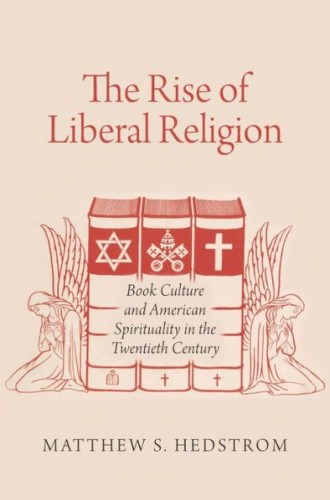Protestant bibliophiles
What we read matters. But what should we read? Matthew Hedstrom describes Protestant angst amid the information overload of the early 20th century, when a profusion of information and new ideas “both frightened and delighted Americans.” Hedstrom asks, “Was America on the verge of a golden age of understanding . . . or more ominously embarking on a path toward cultural chaos?”
He might have been describing our contemporary world of tweets, pins and statuses.
Hedstrom discusses how liberal Protestant ministers sought to shape the nation’s reading habits from the 1920s through the years immediately after World War II. In particular, Protestant leaders and their allies in the worlds of publishing and government sought to persuade “middlebrow” Americans to read more “religious books.” Anxious about the erosion of their cultural influence, they sought new ways to communicate religious ideas.





